Sony A7 IV finally revealed, with leaps in resolution, video and burst shooting
It’s been rumored for months, and now the Sony A7 IV is finally here. Its features are impressive… but there’s a price to pay
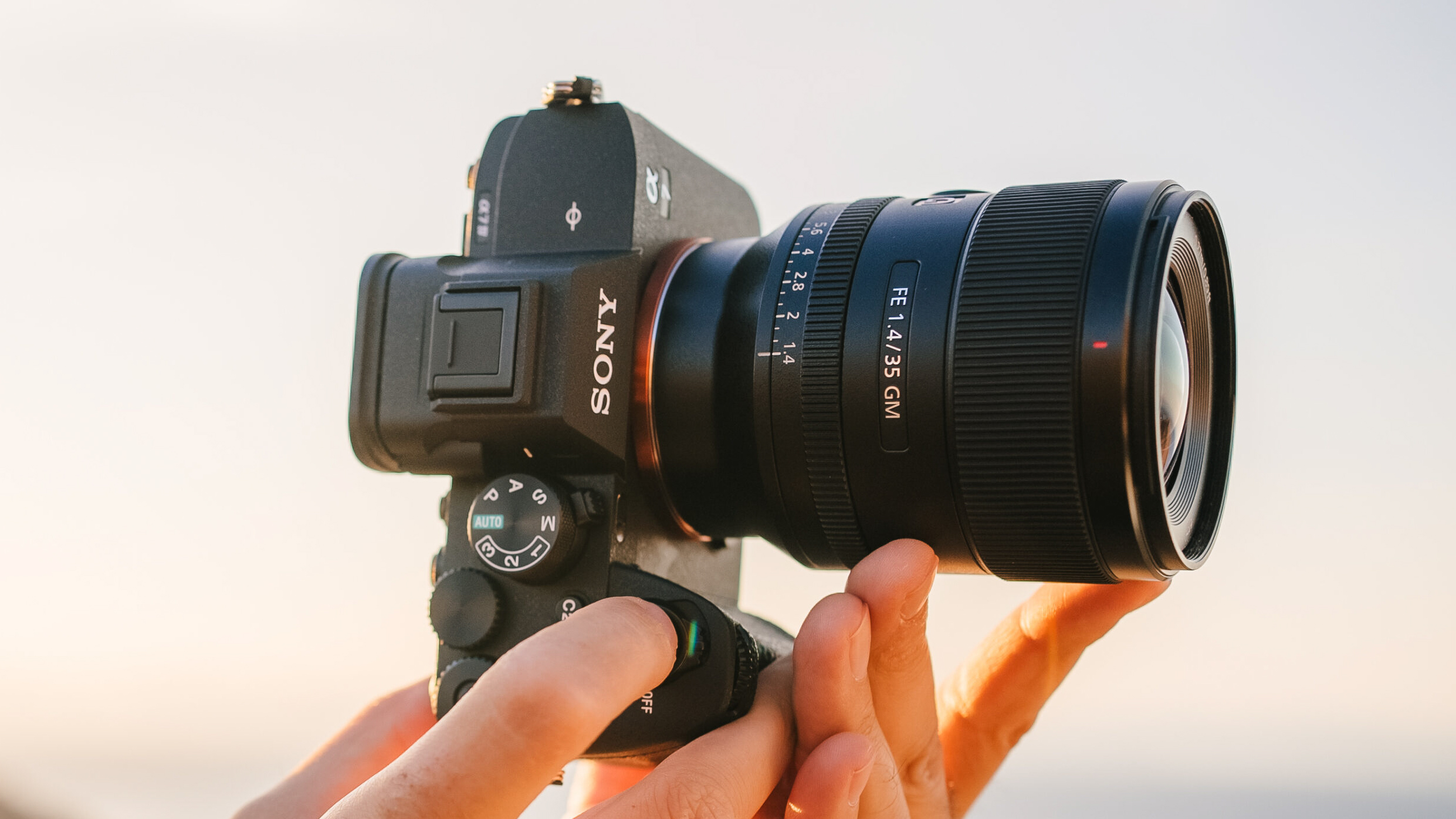
Sony has finally announced its replacement for the Sony A7 III, its affordable do-it-all full frame mirrorless camera, launched back in 2018. The Sony A7 III still holds up very well, even today, but the A7 IV is more advanced in just about every way.
The Sony A7 IV carries on the same tradition as the A7 III, combining 4K video capture with high-speed 10fps continuous shooting, but adds in a 36% increase in resolution, up from 24.2MP to 33MP.
This should allay any misgivings amongst full frame camera buyers that the A7 III’s 24MP might not be enough – that resolution is, after all, the same as many far cheaper APS-C mirrorless cameras. With 33 million pixels, though, the A7 IV establishes a clear gap to lesser APS-C rivals.
So does that make the A7 IV the new must-have entry-level Sony full frame camera? Not quite. This increase in power has brought an increase in price, so for now the A7 III will continue as a substantially cheaper alternative, together with the rangefinder-style Sony A7C.
Sony A7 IV key features
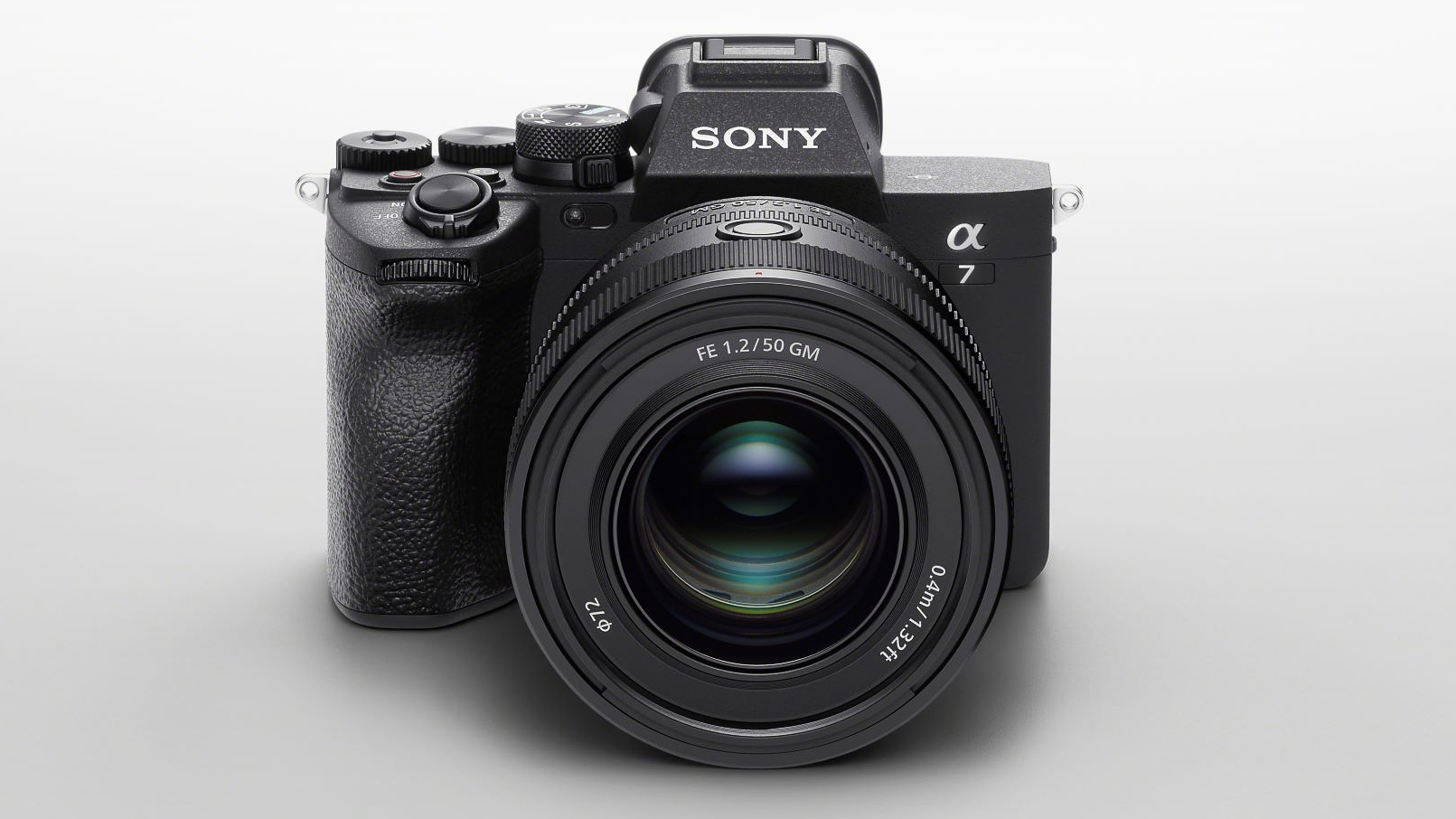
Sony is pitching the A7 IV at photography enthusiasts, professional or semi-professional wedding photographers and video content creators. Its 10fps continuous shooting and unlimited buffer capacity should also make it interesting to sports and wildlife enthusiasts too.
The key new feature at the heart of this camera is its new 33-megapixel Exmor R CMOS sensor. This is hooked up to a BIONZ XR processor, as used in the mighty Sony A1, and between them this new sensor and processor deliver a substantial performance/speed advantage over the older Sony A7 III.
This extra processing clout means that the A7 IV’s increased resolution has not affected its ISO range or indeed its video performance. The A7 IV has the same maximum ISO as the A7 III before it, despite its higher resolution, and Sony actually claims improved noise control.
Get the Digital Camera World Newsletter
The best camera deals, reviews, product advice, and unmissable photography news, direct to your inbox!
The A7 III’s full-width 4K capture is retained, even though the new camera is now oversampling 7K of data rather than 6K. There will be many who feel that’s a pretty small victory, however, and might have been hoping for higher frame rates too.
But while it's true that the A7 IV is still stuck at 4K 30p capture if you want to shoot uncropped full width video, it does now offer a 4K 60p option in the cropped Super35 format (roughly equivalent to APS-C). This might sound like a compromise (well, it IS a compromise), but it’s fine for users who have a bunch of APS-C Sony E lenses, not just full frame FE lenses.
The A7 IV moves the video goalposts in a number of less obvious respects. First, it can capture 10-bit/4:2:2, S-Log3/S-Cinetone video, and while this doesn’t bring it up to the spec of a video specialist like the A7S III, it does up the ante on the A7 III in a number of key areas.
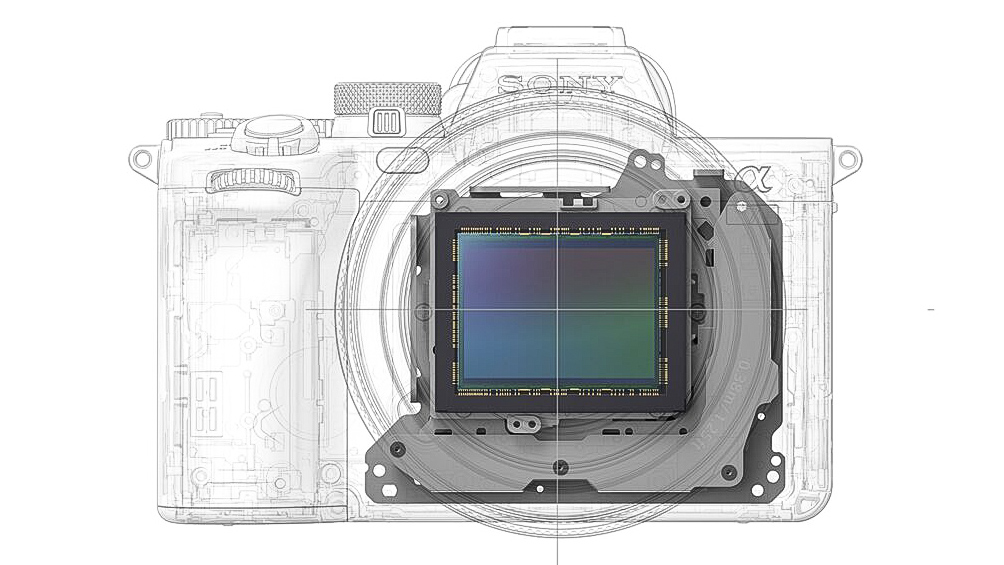
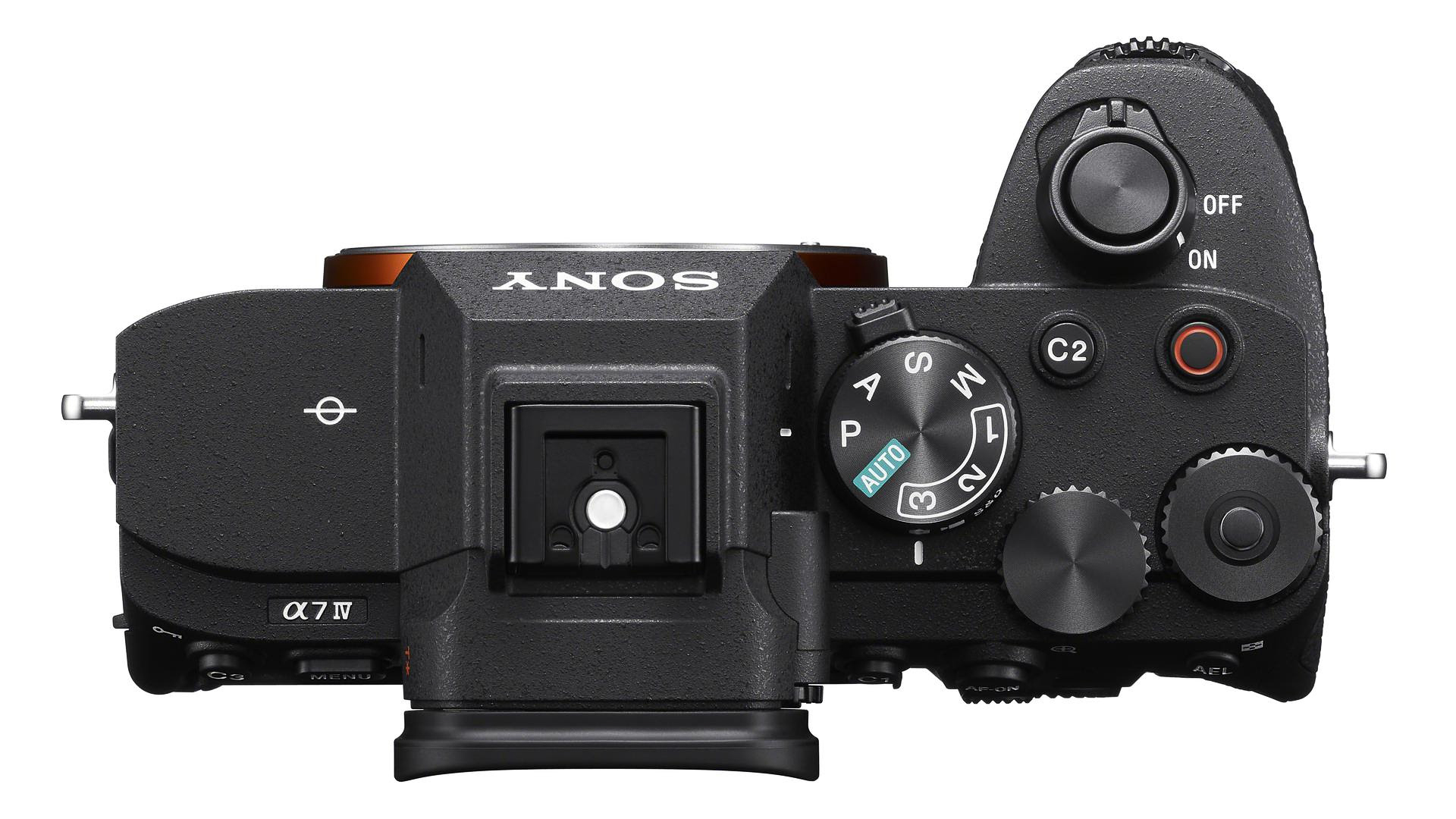
The A7 IV also marks a steady evolution in autofocus, with 759 AF points, 94% coverage and a 30% speed improvement, together with AF tracking for continuous shooting at F22, which could make all the difference when using teleconverters and super telephoto lenses together. You also get Real-time Tracking/Eye AF for Human/Animal/Bird subjects.
The new camera’s in-body stabilization now offers a 5.5-step advantage, and Sony has improved the EVF to offer 3.69m dot resolution and a 120fps frame rate.
The two biggest physical changes, however, are the inclusion of a combined UHS-II SD/CFexpress Type A card slot (the second slot is still SD only), and a swap from Sony’s usual tilting screen to a vari-angle display which is far more useful for video and vertical shooting.
The CFexpress Type A support is significant. In combination with the faster BIONZ XR processor, this now gives the Sony A7 IV a huge buffer capacity in 10fps continuous shooting mode. The 10fps shooting speed is the same as the A7 IV’s predecessor’s, but where the A7 III could capture just 182 JPEGs in a burst, the A7 IV can capture an unlimited number of raw files at that 10fps speed.
This is an exceptional buffer depth for a non-pro camera. 10fps is fast by pretty much any standards, and the ability to sustain this up to the card capacity (with an admittedly expensive CFexpress Type A card) is really rather extraordinary. It’s possible that Sony doesn’t actually know what it has here.
Sony A7 IV: analysis
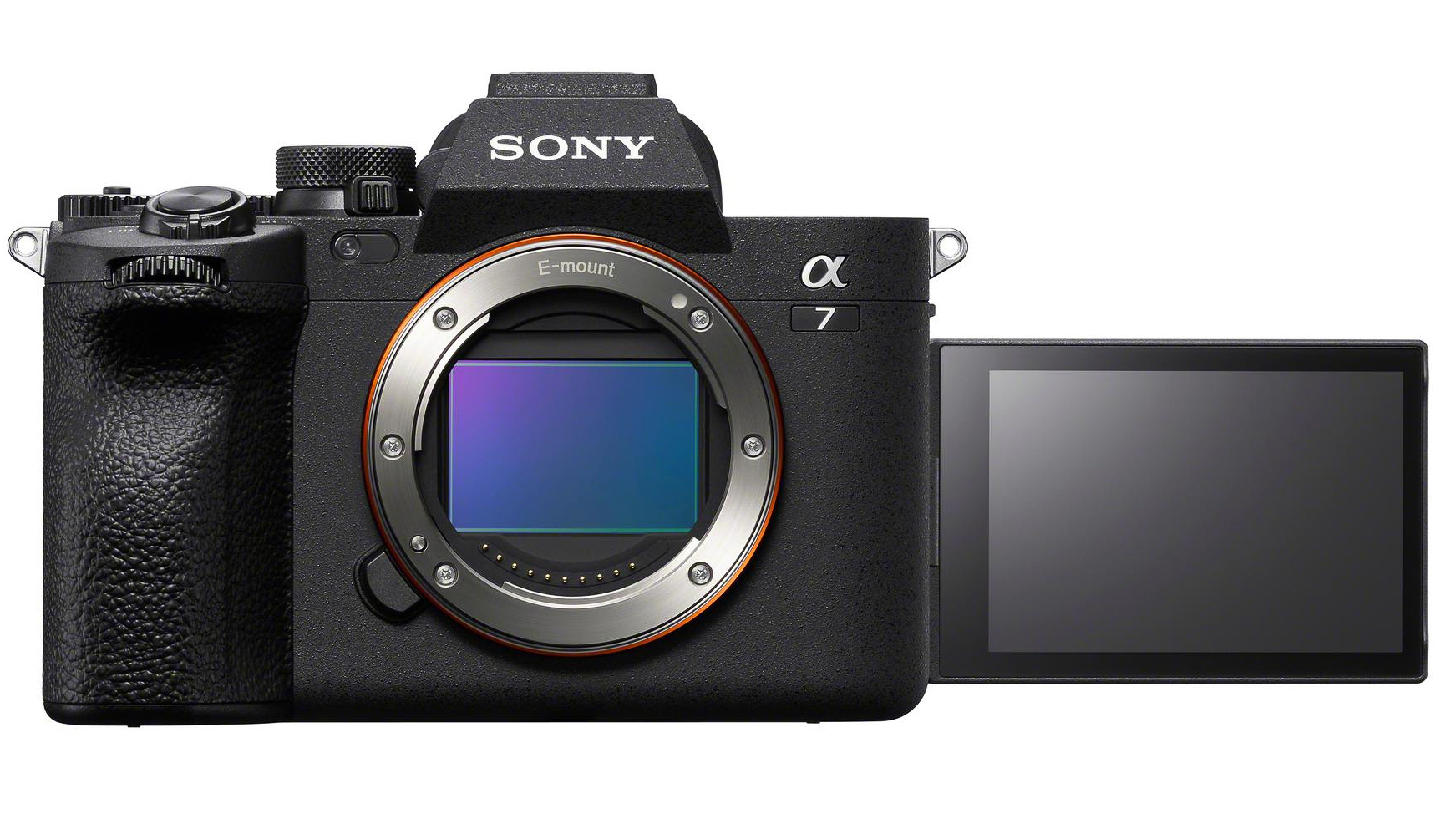
The Sony A7 IV follows a familiar Sony pattern – an escalating breadth of capabilities combined with escalating cost. Inevitably it will be compared to the Sony A7 III, whose shoes it fills, and it decisively improves on that camera for resolution, video and continuous shooting.
But here’s the problem. It does all this at a higher price. You get more of everything, even if you didn’t want everything. It’s a high-powered jack-of-all-trades, a kind of mini-Sony A1, that’s good at a whole lot of things, when you may not actually need, or want, all of them.
This draws attention to what we think is an issue for Sony. The Sony A7 IV is very good at a lot of things… but there are Sony cameras that are even better at specific things for not a lot more money.
For sports, the Sony A9 II does cost more, but not a LOT more in relative terms, and is much better for the job. It’s the same for the Sony A7S III for video… and the Sony A7R IV for resolution. The Sony A7 IV is remarkable technical achievement and does at least three different things very well for the price. But if if you don’t want, or need, all three, it starts to look like a compromise.

Sony A7 IV price and availability
Sony says ‘pre-orders’ start on 21 October, but given current stock and supply issues, we suspect only the luckiest pre-purchasers will get their cameras soon. (In the meantime, there’s always the Sony A7 III – just saying.)
The Sony A7 IV is expected to cost $2,500/ £2,399 / AU$4,299 body only – or $2,700 / £2,599 as a kit with the basic Sony 28-70mm lens.

Rod is an independent photography journalist and editor, and a long-standing Digital Camera World contributor, having previously worked as DCW's Group Reviews editor. Before that he has been technique editor on N-Photo, Head of Testing for the photography division and Camera Channel editor on TechRadar, as well as contributing to many other publications. He has been writing about photography technique, photo editing and digital cameras since they first appeared, and before that began his career writing about film photography. He has used and reviewed practically every interchangeable lens camera launched in the past 20 years, from entry-level DSLRs to medium format cameras, together with lenses, tripods, gimbals, light meters, camera bags and more. Rod has his own camera gear blog at fotovolo.com but also writes about photo-editing applications and techniques at lifeafterphotoshop.com
